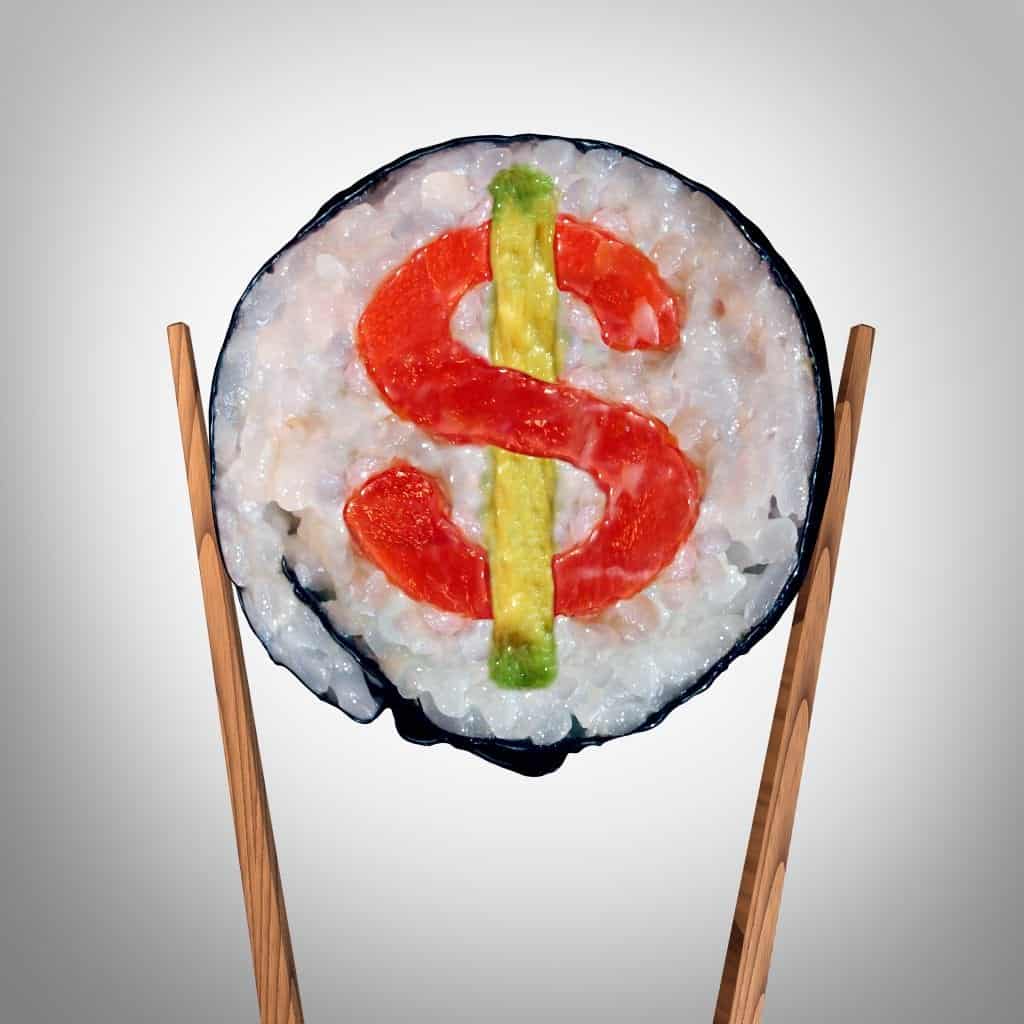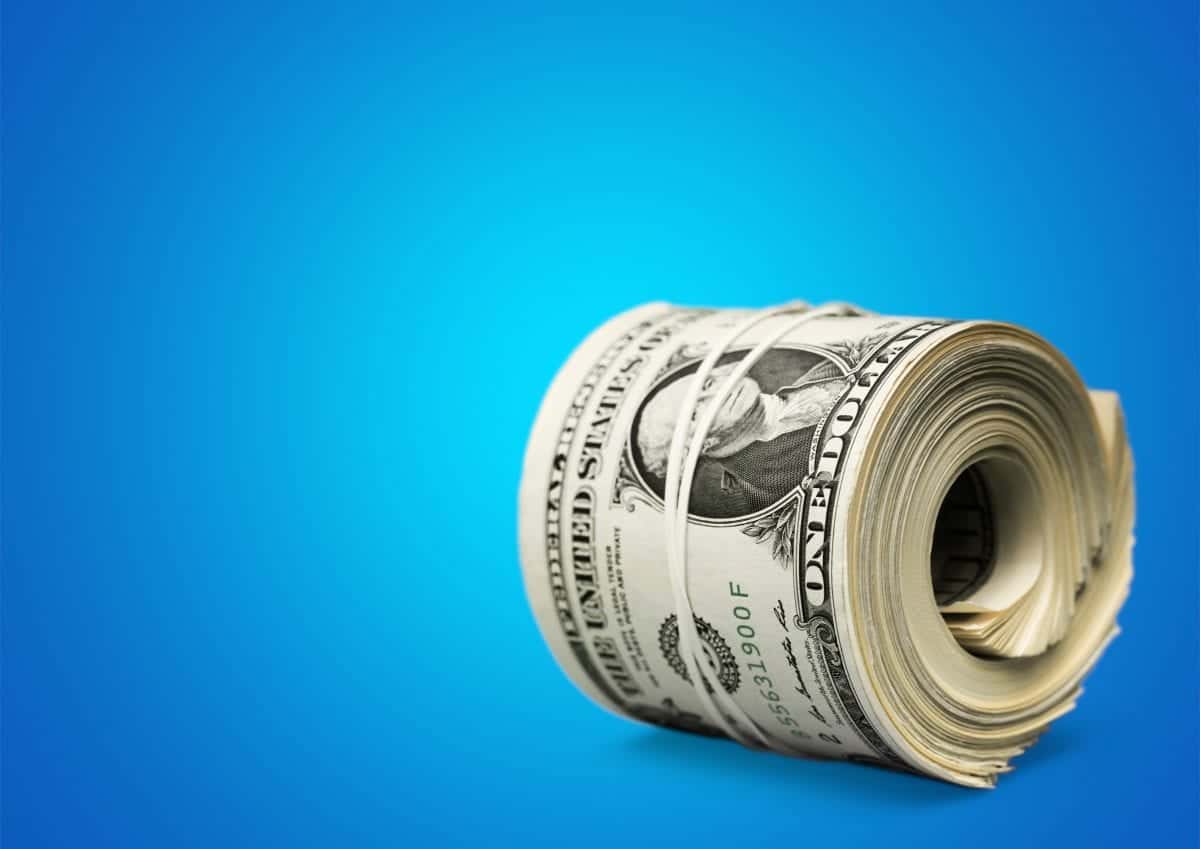“Over the next 10 years, we will integrate our laws and how we provide care for mental health and substance abuse disorder patients, and help people get the help they need.” ~ Washington State Representative Eileen Cody Washington State residents who are struggling with substance abuse disorders are luckier than many others in different parts of the United States. Tom McClellan, CEO of the Treatment Research Institute – and former deputy drug czar under President Barack Obama –says, “The State of Washington has by far the best and the most comprehensive and the most up-to-date statistics, way better than the national government.” For people who are seeking addiction recovery services in Washington, this is good news, because the more information service providers have about addiction in Washington State, the better-targeted treatment protocols they can create. But even with all of this information instantly available, Washington State officials are still faced with the same problems that exist in other states – providing adequate treatment resources to those in need. It is estimated that 90% of state residents who meet the criteria for a substance abuse disorder are not, in fact, receiving services.
The #1 Reason Why People Don’t Go to Drug Rehab in Washington State
One of the biggest perceived barriers to seeking treatment is affordability. Many people who are struggling with an active substance abuse disorder such as alcoholism or an addiction to prescription or illicit drugs are under the impression that quality drug treatment is too expensive to consider. It’s true – drug rehab is not cheap. However, if a person is motivated and committed to achieving sobriety – if they are creative and if they are open to “out-of-the-box” solutions, then there are ways that drugs drug rehab in Washington State can be affordable. 
How Much Is Drug Rehab in Washington State?
The cost of inpatient addiction recovery programs in Washington state are primarily determined by two factors:
- The level of services/amenities offered – standard or luxury
- The length of the residential stay
According to figures released by the National Institute on Drug Abuse earlier this year, inpatient care at a quality facility can cost between $8000 and $30,000 a month. Luxury rehabs can cost double or triple that amount. The average length of treatment in a short-term residential drug rehab facility is 26 days, while a long-term program might last an average of 70 days. 
What Are Some Ways to Afford Drug Rehab in Washington State?
A few years ago, many insurance plans did not cover drug and alcohol rehab programs. This meant that the majority of incoming patients had to pay for their addiction treatment services out of their own pockets. This is known as self-pay. Happily, this is no longer the case, because the Affordable Health Care Act has resulted in more people than ever before having insurance. Better yet, insurance companies are required by law to provide treatment services for people who are trying to recover from a substance abuse disorder. When you use private insurance, you may have little to no out-of-pocket-expense. Sometimes, paying out-of-pocket It is not necessarily a viable option, and it is quite possible that a newly-sober addict may not yet have personal health insurance. In that case, it may be time to consider other possible options:
- Taking out a personal loan –As the name implies, this is when the person in recovery – or someone in their family – try to borrow money from their local bank/lending institution to cover the cost of addiction treatment.
- Selling personal property –This can be anything of value – jewelry, land/property, vehicles, antiques, etc.
- Asset liquidation –This is when a person cashes in their retirement plan, a life insurance policy, or sells their investments. For some, the right solution will be to take out a mortgage (or a second mortgage) on their residence.
- Pay with credit cards – Most people are surprised to learn that an inpatient drug rehab accepts credit cards – but this is an extremely convenient way to pay for drug rehab in Washington State.
- Borrow from friends and family members –At first, this may seem more difficult than it actually is. But many of a substance abuser’s loved ones are more than happy to invest in their future health. It is also possible for multiple family members to pool their resources.
- Combined treatment–For some individuals – and with the approval of their treatment case manager – it may be possible to replace a portion of their residential rehab program with outpatient therapy – thereby potentially saving thousands of dollars.
- Private arrangements with the rehab facility –Although rare, some programs are willing to make special arrangements on a case-by-case basis – scholarships, payment plans, sliding-scale fees, etc.
It may even be necessary to use some combination of several of the available payment strategies, but the point is this – where there is a will to get better, there is always a way. If you want to find out more about how much drug rehab will cost for your specific situation, contact Northpoint Recovery in Boise, Idaho, and discuss your options with a trained intake specialist. Northpoint Recovery is a nationally-accredited inpatient drug and alcohol rehab facility that provides comprehensive addiction recovery services for residents of the entire Treasure Valley region. Clients can recover in a safe and therapeutic environment that is monitored 24 hours a day by specially-trained nursing staff. Northpoint also has the highest staff-to-patient ratio in the Pacific Northwest and can offer the personalized attention and support that you need to regain your sobriety and return to a productive and healthy life.
